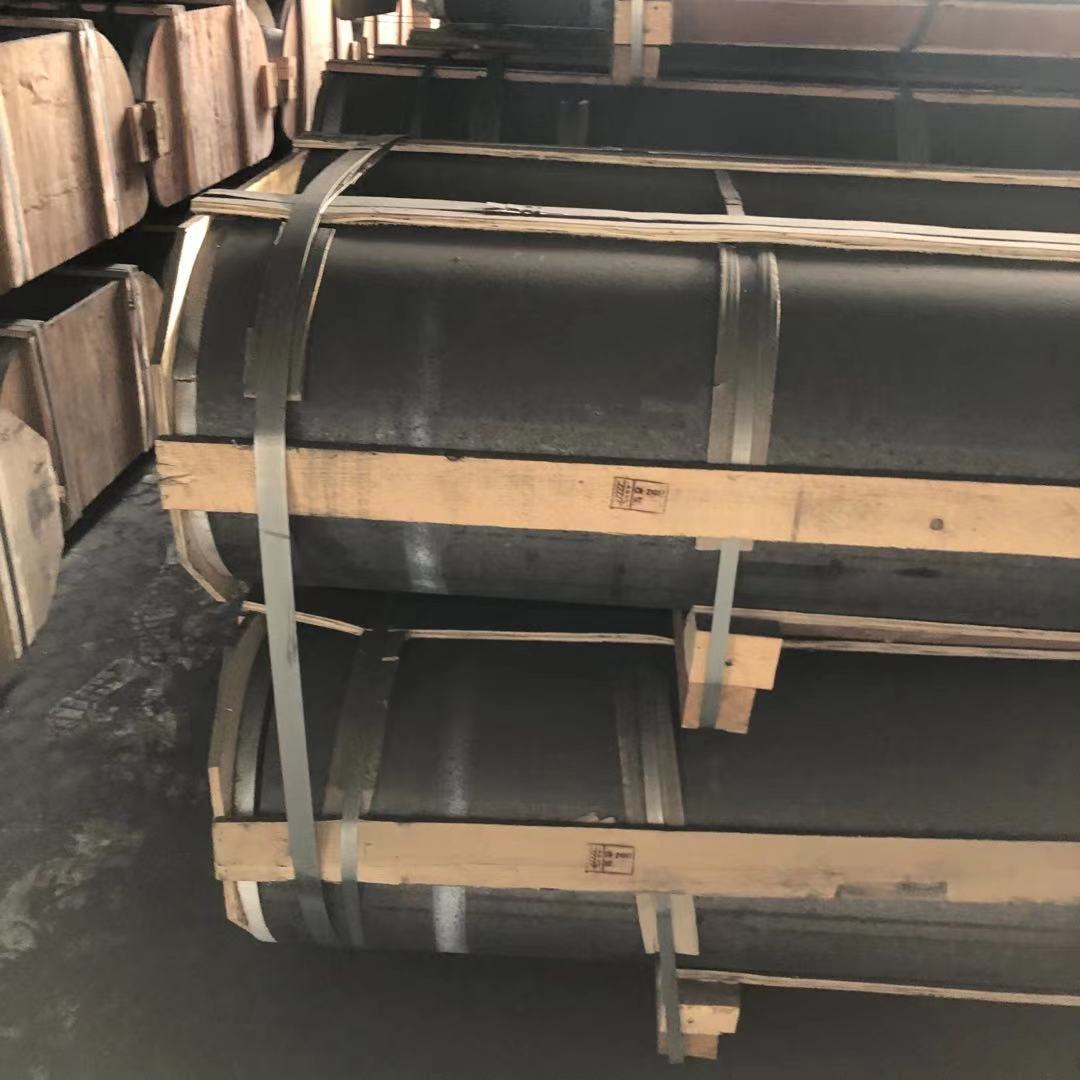There are many basis for selecting graphite electrode materials, but there are four main criteria:
1. The average particle diameter of the material
The average particle diameter of the material directly affects the discharge status of the material.
The smaller the average particle size of the material, the more uniform the discharge of the material, the more stable the discharge, and the better the surface quality.
For forging and die-casting molds with low surface and precision requirements, it is usually recommended to use coarser particles, such as ISEM-3, etc.; for electronic molds with high surface and precision requirements, it is recommended to use materials with an average particle size below 4μm.
To ensure the accuracy and surface finish of the processed mold.
The smaller the average particle size of the material, the smaller the loss of the material, and the greater the force between the ion groups.
For example, ISEM-7 is usually recommended for precision die-casting molds and forging molds. However, when customers have particularly high precision requirements, it is recommended to use TTK-50 or ISO-63 materials to ensure less material loss.
Ensure the accuracy and surface roughness of the mold.
At the same time, the larger the particles, the faster the discharge speed and the smaller the loss of rough machining.
The main reason is that the current intensities of the discharge process are different, which results in different discharge energy.
But the surface finish after discharge also changes with the change of particles.
2. Flexural strength of the material
The flexural strength of a material is a direct manifestation of the strength of the material, showing the tightness of the internal structure of the material.
High-strength materials have relatively good discharge resistance performance. For electrodes with high precision requirements, try to choose better-strength materials.
For example: TTK-4 can meet the requirements of general electronic connector molds, but for some electronic connector molds with special precision requirements, you can use the same particle size but slightly higher strength material TTK-5.
3. Shore hardness of the material
In the subconscious understanding of graphite, graphite is generally considered to be a relatively soft material.
However, actual test data and application conditions show that the hardness of graphite is higher than that of metal materials.
In the specialty graphite industry, the universal hardness test standard is the Shore hardness measurement method, and its testing principle is different from that of metals.
Due to the layered structure of graphite, it has excellent cutting performance during the cutting process. The cutting force is only about 1/3 of that of copper materials, and the surface after machining is easy to handle.
However, due to its higher hardness, the tool wear during cutting will be slightly greater than that of metal cutting tools.
At the same time, materials with high hardness have better control of discharge loss.
In our EDM material system, there are two materials to choose from for materials of the same particle size that are used more frequently, one with higher hardness and the other with lower hardness to meet the needs of customers with different requirements.
demand.
For example: materials with an average particle size of 5μm include ISO-63 and TTK-50; materials with an average particle size of 4μm include TTK-4 and TTK-5; materials with an average particle size of 2μm include TTK-8 and TTK-9.
Mainly considering the preference of various types of customers for electrical discharge and machining.
4. The intrinsic resistivity of the material
According to our company’s statistics on the characteristics of materials, if the average particles of the materials are the same, the discharge speed with a higher resistivity will be slower than a lower resistivity.
For materials with the same average particle size, materials with low resistivity will have a correspondingly lower strength and hardness than materials with high resistivity.
That is, the discharge speed and loss will vary.
Therefore, it is very important to select materials according to actual application needs.
Due to the particularity of powder metallurgy, each parameter of each batch of material has a certain fluctuation range of its representative value.
However, the discharge effects of graphite materials of the same grade are very similar, and the difference in application effects due to various parameters is very small.
The choice of electrode material is directly related to the effect of the discharge. To a large extent, whether the selection of the material is appropriate determines the final situation of the discharge speed, machining accuracy and surface roughness.
These four types of data represent the main discharge performance of the material and directly determine the performance of the material.
Post time: Mar-08-2021

